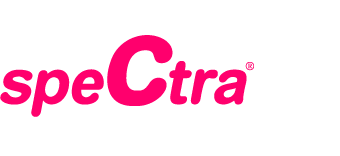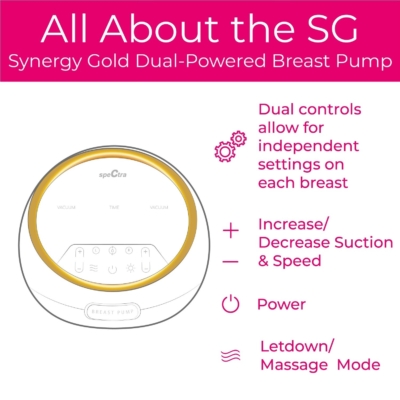What’s Lowering Your Milk Supply?
By Jacquelyn Ordner BSN, RN, IBCLC, RLC
A breath mint, candy cane, or peppermint patty all seem pretty harmless, right? Did you know that peppermint is often the sneaky culprit of reduced milk supply? Most moms don’t! So, to make it easier for nursing moms, we’ve compiled a list of some little-known milk supply suppressors.
The following are usually harmless to milk production in typical quantities used for cooking as long as they aren’t consumed in large amounts or very frequently.
– Parsley
-Oregano
-Caffeine
-Thyme
-Vitamin B6 – Watch out for large amounts in common breakfast cereals! (stay well below the 100mg daily limit and you should be fine)
These foods/products/behaviors should be AVOIDED if you are breastfeeding and want to keep your supply:
-Peppermint: Peppermint Essential Oil is often used when a mother wants to dry up her milk supply! It is effective at doing so and should be avoided. Most people don’t realize that peppermint oil is in mint-flavored candies, gums, and even menthol cough drops! A cup of peppermint tea here or there will likely be fine, but that’s the limit.
-Sage: Sage Tea is another remedy often used when a woman wants to wean or dry up her milk supply. Sage is powerful and even too much in a turkey and dressing recipe can have negative effects.
-Smoking: Studies tell us that mothers who smoke produce less breastmilk and their infants typically weigh less. Studies also reveal that breastfed infants of mothers who smoke sleep less. Coupled with the increased risk of SIDs, it’s clear that quitting is best. Still, smoking and breastfeeding has far more benefits than formula feeding and breastfeeding!
-Dehydration: You’ve probably seen one of those posts in a social media breastfeeding group where someone swears by red Gatorade, Body Armour, or drinking 200 oz of water a day. The truth is that you need to be adequately hydrated to make milk, but you don’t need special drinks or excessive amounts of water. In fact, excessive fluids can actually have a negative impact on your supply! So, shoot for your 8 glasses of water a day, plus drinking to thirst, and that’s all you need.
-Dieting: Don’t get me wrong, eating a healthy and balanced diet is fantastic! However, heavily restricting your calories can definitely reduce your milk production. Talk with your doctor about a healthy calorie range for you. Make sure they know you’re breastfeeding, and keep in mind that some women are more sensitive to calorie restrictions than others.
-Decongestants: Think Sudafed. If it’s meant to dry up mucus, it can also dry up breastmilk.
-Many forms of Birth Control: The biggest culprits are birth controls that contain estrogen. Beware, even birth controls that are supposed to be “ok for breastfeeding” can still cause major supply issues for sensitive women. The best bet for your supply is a barrier method (like condoms). The next best choice is a non-hormonal method (like an IUD). The third choice would be something like the mini pill. Just be aware that any birth control that contains or affects hormones CAN negatively impact your milk supply. Always talk with an IBCLC if you have questions about medications and breastfeeding.
-Stress: Yep, we know…..this one’s a doozy! Stress is everywhere when you’re a mom! Still, if there’s anything you can do to reduce stress, it will benefit your milk supply. Incorporating light exercise, like walking can help reduce stress. Eating well, trying to incorporate more sleep, and even just getting 30 minutes of “alone” time can be huge for stress reduction. Are there little things you can do to help? Maybe prepping a few meals on the weekends, or packing your pump bag and baby’s diaper bag the night before? Even seemingly small reductions in stress can have a big payoff!
BONUS:
-Alcohol: Maybe you’ve heard you should “have a beer so you can relax and make more milk”. Well, there’s more to it than that! While alcohol consumption isn’t prohibited for breastfeeding mothers, it can have a negative impact on their breastfeeding relationship and breastmilk production. Alcohol can inhibit your Milk Ejection Reflex or MER. The MER is what causes your milk to let-down. If your milk won’t let down, or if it lets-down very slowly, baby won’t drink as much, or you won’t pump as much. In the long run, this can lead to less milk being produced.
Looking for breastfeeding support? Schedule a complimentary consultation with a Spectra Baby USA IBCLC here.

